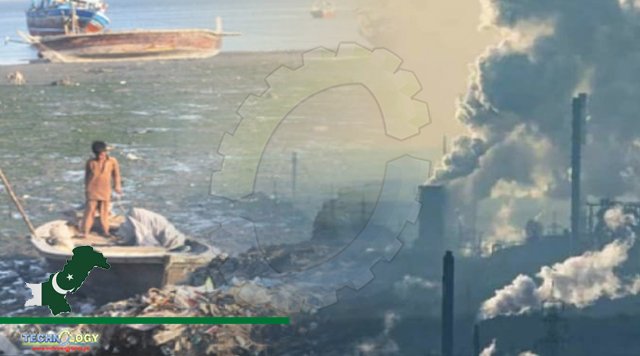APTMA’s Secretary General Shahid Sattar, and Noreen Akhtar, break down the three major global environmental challenges associated with Pakistan’s textile industry – Greenhouse Gas emissions, water consumption patterns, and land use changes.

Climate change is the worst catastrophe mankind is experiencing around the globe. The poorer South is suffering the increasing vulnerability to climate change and countries such as Pakistan with little contribution to global GHG emissions are among the top listed sufferers. The recent country-wide floods are evidence of Pakistan bearing someone else’s emissions burden. global environmental challenges, The global GHG emissions data indicate that Pakistan contributes around 1% to these emissions. Energy and agriculture are the main sectors responsible for most of the emissions as 46% of emissions come from the energy sector and 41% from agriculture. The industry sector contributes 5% to the country’s GHG emissions while the textile industry contributes 9.5% for both gate-to-gate and cradle-to-gate categories. Thus, the textile industry contributes around 9.5% to the country level and 0.095% to global GHG emissions.
Pakistan’s per capita GHG emissions with an overall impact of 1% have increased at an alarming rate. For instance, its emissions have increased by 87% from 1990 to 2012 while its textile export competitor Bangladesh’s emissions grew by 59% for the same time period and India’s emissions grew by 180% from 1990-2014. Although, Pakistan’s emissions are far lower than global and India’s emissions, the country still needs to make significant efforts in reducing its carbon footprint, especially in its agriculture and energy sectors. global environmental challenges, To make the agriculture sector sustainable, the use of fertilizers can be reduced, organic seeds can be farmed and water pumping techniques can be more environmentally friendly. Also, as the textile sector heavily relies on local cotton production for its functioning, it can support sustainable agriculture by assisting farmers in improving soil health as a carbon sink and fertilizer management via financial and technical backup. The energy sector also needs transformation towards renewable energy sources.
Source: This news is originaly published by globalvillagespace